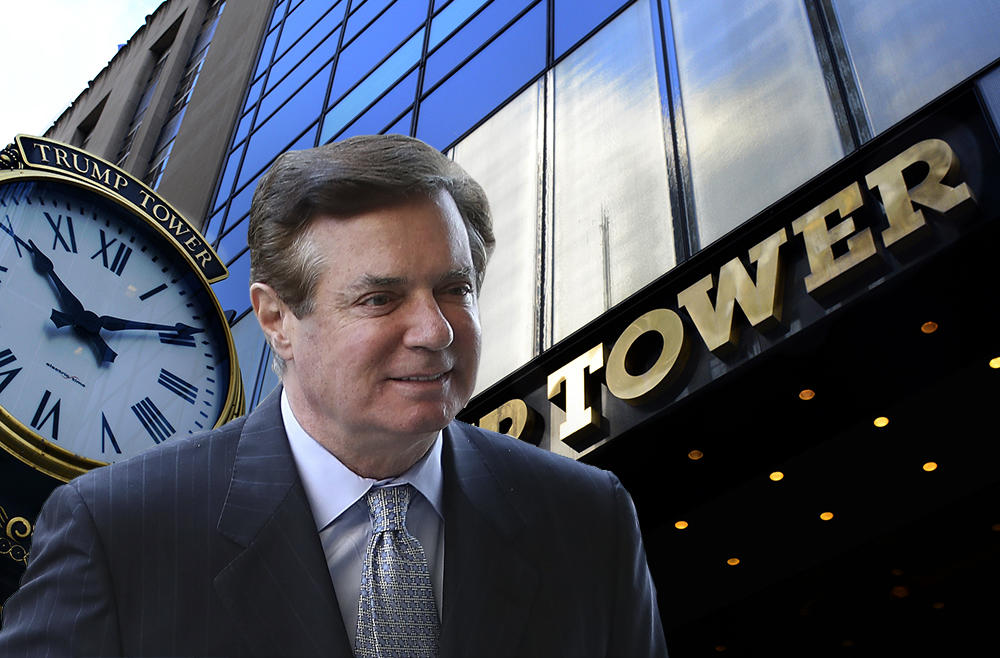Trending
Real estate is taking center stage in the Paul Manafort trial
Money handlers for former Trump campaign chairman testify about money laundering, bank and tax fraud charges

As prosecutors in the criminal trial of lobbyist Paul Manafort make the case that the former Trump campaign manager repeatedly lied to financial institutions in order to fund his lavish life style, real estate has come into focus as one of the principle ways Manafort allegedly made his multi-million dollar deceptions.
One of Manafort’s accountants, Philip Ayliff testified Wednesday at the Alexandria Federal Courthouse in Virginia that Manafort told banks his Trump Tower condominium was his primary residence when it was in fact a rental property from which he was drawing income. The prosecution has pressed that Manafort made false financial representations in order to obtain loans from banks. On Tuesday, Manafort’s former bookkeeper Heather Washkuhn also testified that Manafort lied about his income to banks.
So far evidence presented in the case includes more than 200 pages of invoices and job descriptions for some of the more than $7 million Manafort spent on renovating properties, using funds alleged not to have been disclosed to the Internal Revenue Service. One contractor, SP&C, performed work on five Manafort properties, including the Trump Tower condo and a townhouse at 377 Union Street in Brooklyn. Manafort spent more than $3 million with SP&C, wiring the money in from abroad, the company’s founder Stephen Jacobsen testified.
A loan application Manafort made at Banc of California in 2016 has also been submitted as evidence in the case. Those documents show Manafort claimed to hold interests in real estate with a total market value he pegged at $216 million. Most of that came from the properties he co-owned with his former son-in-law Jeffrey Yohai through a venture called Baylor Holdings, LLC. Yohai is in bankruptcy proceedings for four California properties owned by Baylor and is accused in a lawsuit in New York of having run a Ponzi scheme. Yohai is cooperating with Justice Department prosecutors, according to Reuters.
Ayliff’s testimony Wednesday mentioned Manafort’s condo at 29 Howard Street in Manhattan, which Manafort also allegedly lied about by calling it his personal residence while renting it out on Airbnb. In the original 18-count indictment against Manafort, prosecutors alleged this condo was purchased with a $1.5 million straw loan from one of Manafort’s Cyprus-registered companies. Another accountant, Cindy Laporta, testified that Manafort told Citizens Bank the condo was a second home and not a rental property in order to obtain a better interest rate on a loan.
The original indictment, which was updated in February, would indicate that more real estate is on the way: prosecutors and witnesses are yet to address a construction loan Manafort applied for to renovate his brownstone at 377 Union Street in Carroll Gardens, a loan he allegedly intended to use to payoff existing debts instead of its intended purpose.
The complete list of charges against Manafort also includes failing to register as an agent of a foreign entity while doing consulting work for the Ukrainian Party of Regions and its successful presidential candidate Viktor Yanukovych. Prosecutors working for Special Counsel Robert Mueller now say Manafort made $60 million in this capacity. They’ve accused Manafort and his associate Rick Gates, who is expected to testify against Manafort, of laundering more than $30 million into the U.S. from overseas and fraudulently obtaining another $20 million in loans from banks and other lenders. Manafort is charged with filing false tax returns from 2010 to 2014.




